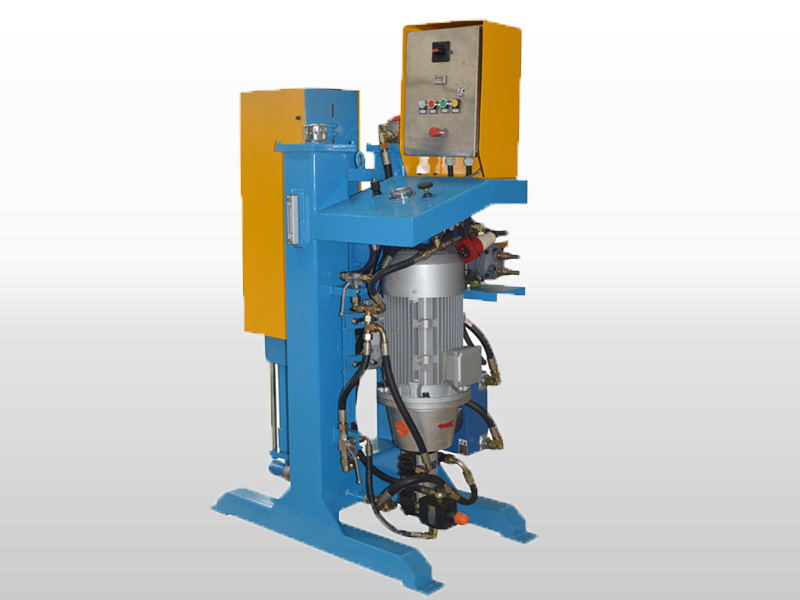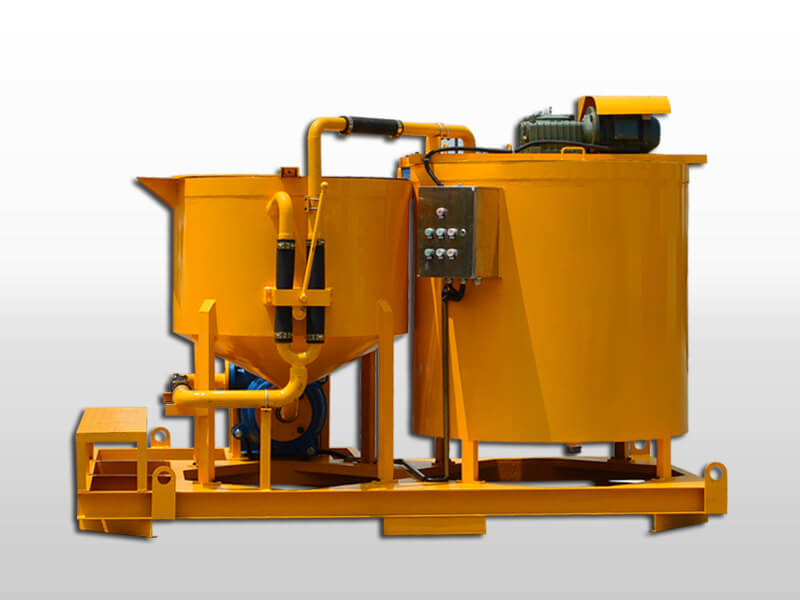polyurethane groutingstation for wall and roof
Pros and Cons of Spray Polyurethane Foam (SPF) Roofing
While the choice is ultimately up to the building owner, we want to point out a few pros and cons to Spray Polyurethane Foam (SPF) Roofing Systems.. Pros of SPF Roofing Easy Installation. The ease of installation can save you time and money with your new SPF roof.
Spraying Polyurethane Foam over an Existing Roof – Fine
The flat roof of this 1957 Eichler-designed house was a good candidate for a polyurethane spray-foam roof. The Shoup household has many shades of green. Taya is a landscape architect and Stephen is the principal of buildingLab, a green design-build firm in Emeryville, CA, whose reincarnated shipping …Author: Mike Litchfield
Polyurethane | Sika Corporation U.S.
Typical applications include joints in concrete panel and wall systems, around window and door frames, reglets, flashing, common roofing detail applications, etc. Exceptional sealant choice for high-rise and facade applications where high movement capability is required. An effective sealant for use in Exterior Insulation Finish Systems (EIFS).
Quick Fixes for Sprayed Polyurethane Roof Systems
containing polyurethane foam insulant. Used for roofing and wall cladding. n Insulation Board and Block —two distinct products offering similar benefits. Insulation board is polyurethane foam laminated and can be faced with a wide variety of materials, including paper, aluminium, cork, bitumen, glass fleece, plasterboard and fiberboard.
List of polyurethane applications – Wikipedia
Quick Fixes for Sprayed Polyurethane Roof Systems . 01/15/2005 | … polyurethane, and acrylic. If roofing records are not available as to what was installed on the roof, these materials are chemically different and can be identified by any of the coating manufacturers that service the foam industry. … How a Green Wall Gave Life to this …
Polyurethane Liquid Waterproofing Membrane | Maris
polyurethane and polyisocyanurate foams in a building will be determined by the specific application (e.g., roofing insulation, interior wall cavity insulation). Current model building codes2 require foam plastic insulations to be separated from the interior of a building by a thermal barrier such as ½ inch gypsum wallboard or other
Rigid-Foam Insulation for Commercial Roofing: Polyiso vs
Polyurethane formulations cover an extremely wide range of stiffness, hardness, and densities. These materials include: Low-density flexible foam used in upholstery, bedding, automotive and truck seating, and novel inorganic plant substrates for roof or wall gardens; Low density elastomers used in footwear
Pros and Cons of Different Coating Types – GAF Blog
Aug 12, 2019· The MARISEAL SYSTEM liquid roof membrane is a group of liquid waterproofing coatings based on Polyurethane resins. Used together, this system creates a seamless polyurethane liquid roof membrane across flat roofs, terraces, or decks – reliably protecting building structures over the long term, even under the most demanding of conditions.
In modest material thicknesses, rigid polyurethane foam (PUR/PIR) offers optimal thermal insulation coupled with an exceptional space-utility advantage. For architects and planners, rigid polyurethane foam (PUR/PIR) allows scope for creative insulation solutions from the cellar and the walls through to the ceilings and the roof.
Rigid-Foam Insulation for Commercial Roofing: Polyiso vs XPS vs EPS. Since typical membrane roofing does not include the insulation factor, as a customer you have more options to choose from to insulate your facility’s roof.
Jan 04, 2016· Polyurethane roof coatings. Polyurethanes are more impact resistant and handle traffic the best of all coatings. There are two main types of polyurethane roof coatings: aromatic and aliphatic. Aromatic coatings are less expensive and not UV stable, so they are usually used as a base coating.























